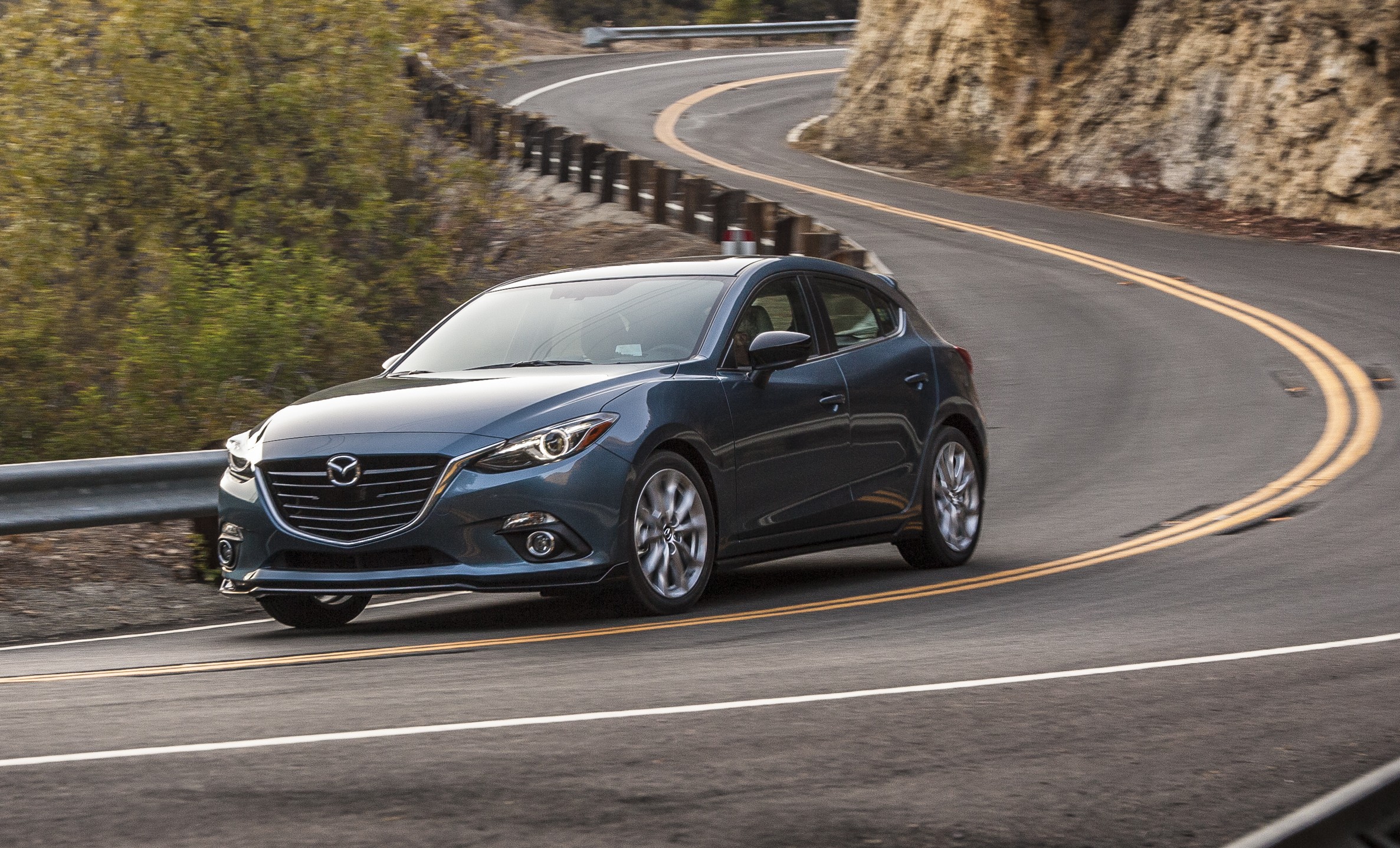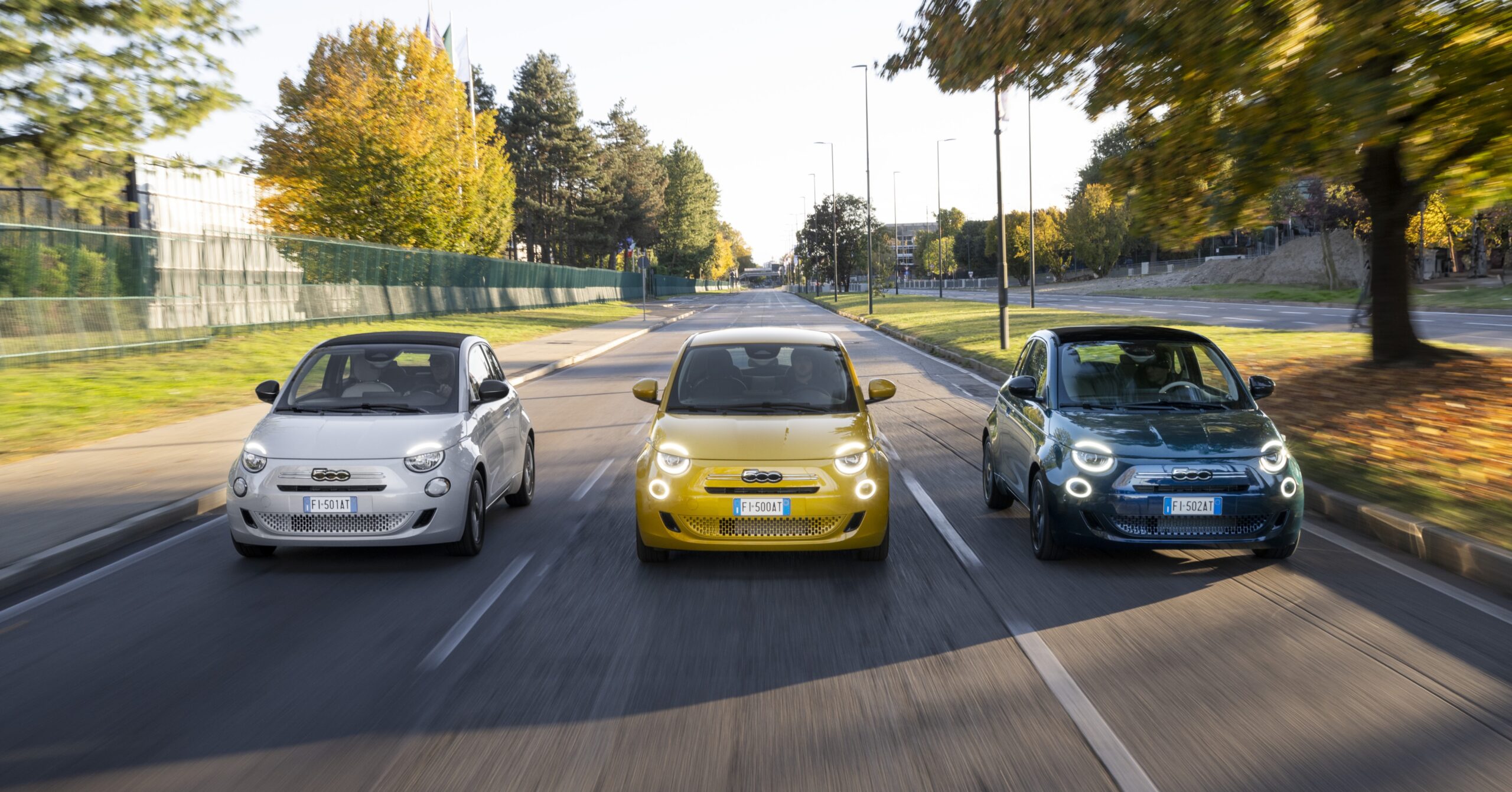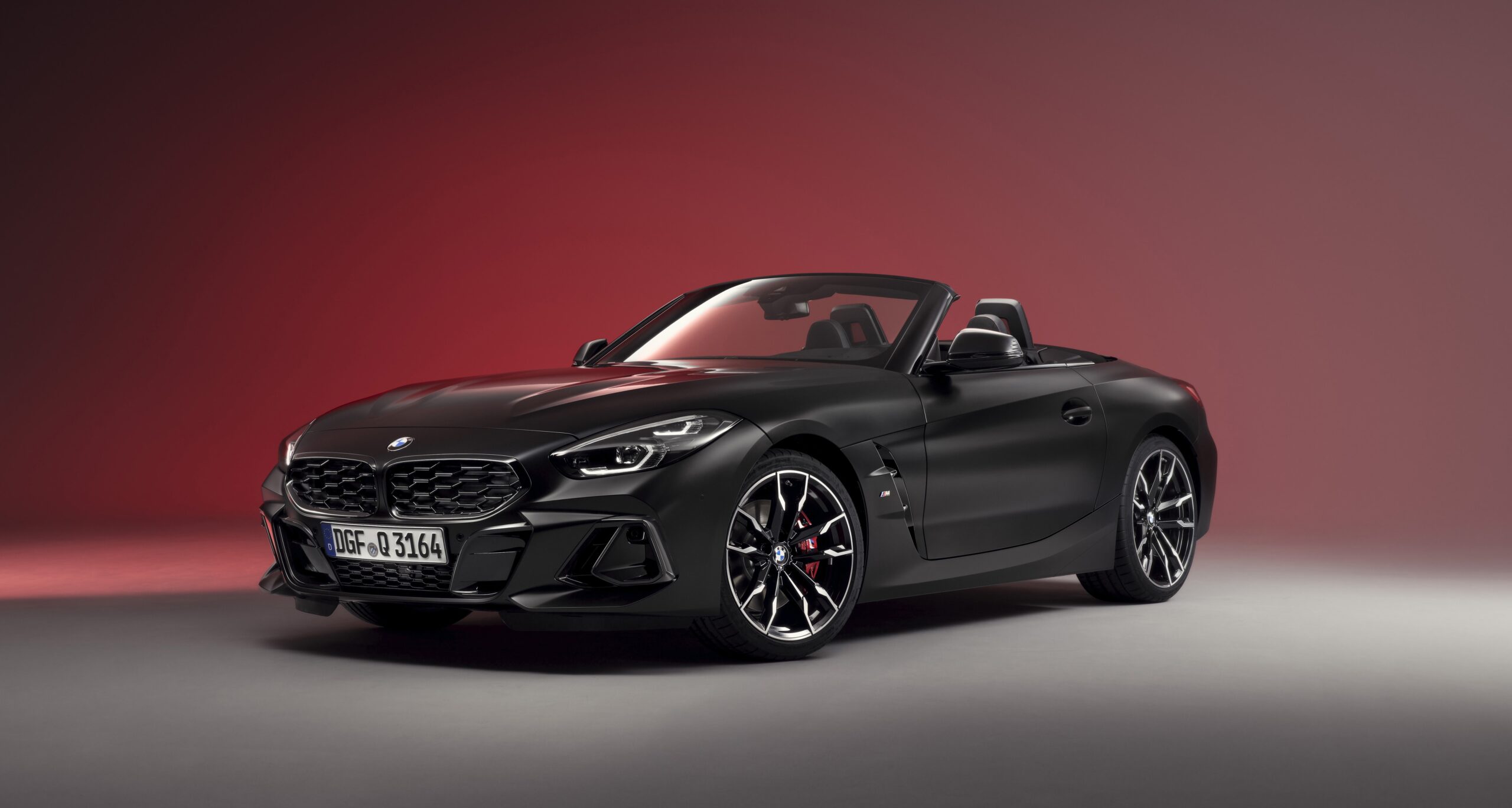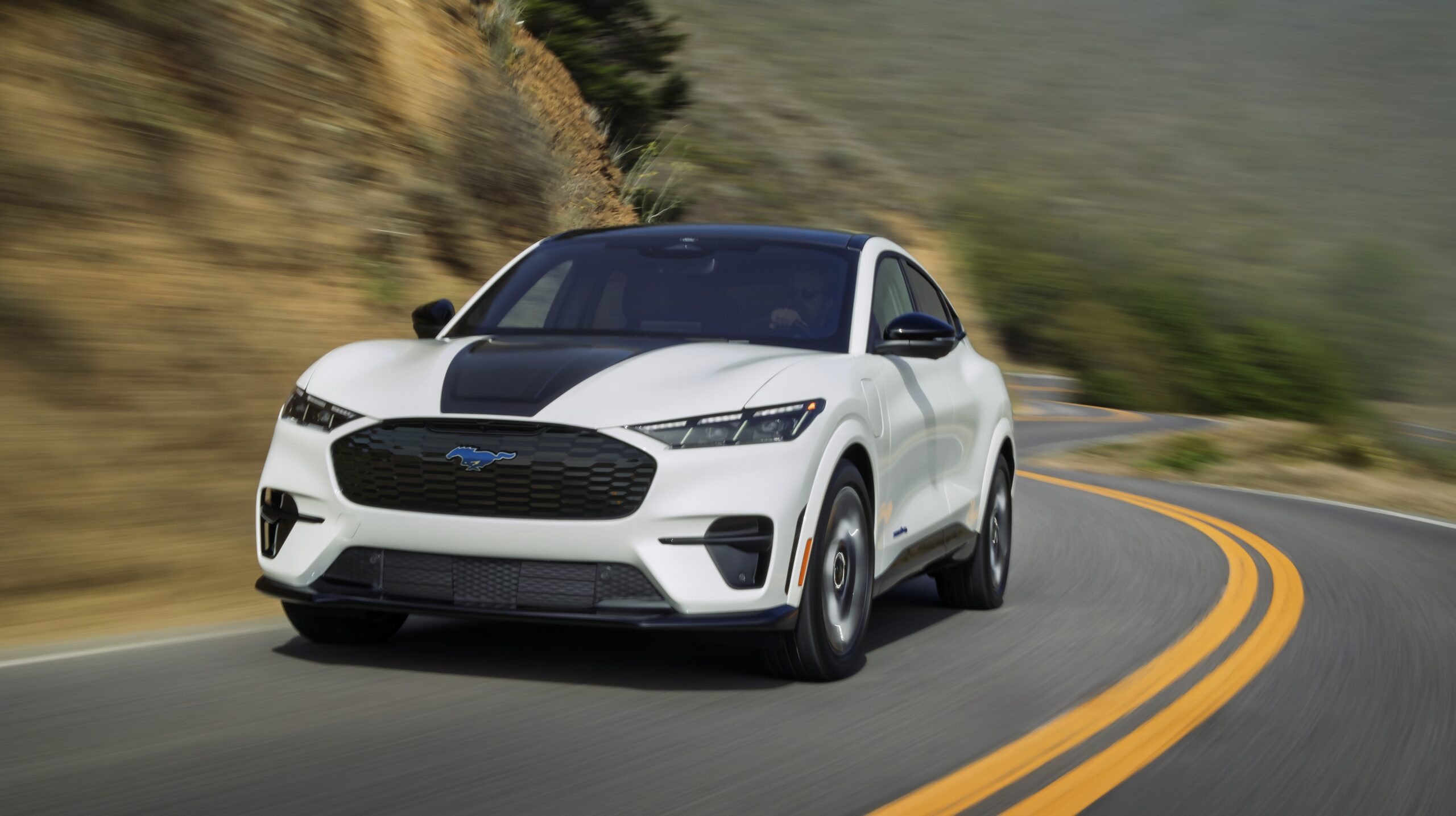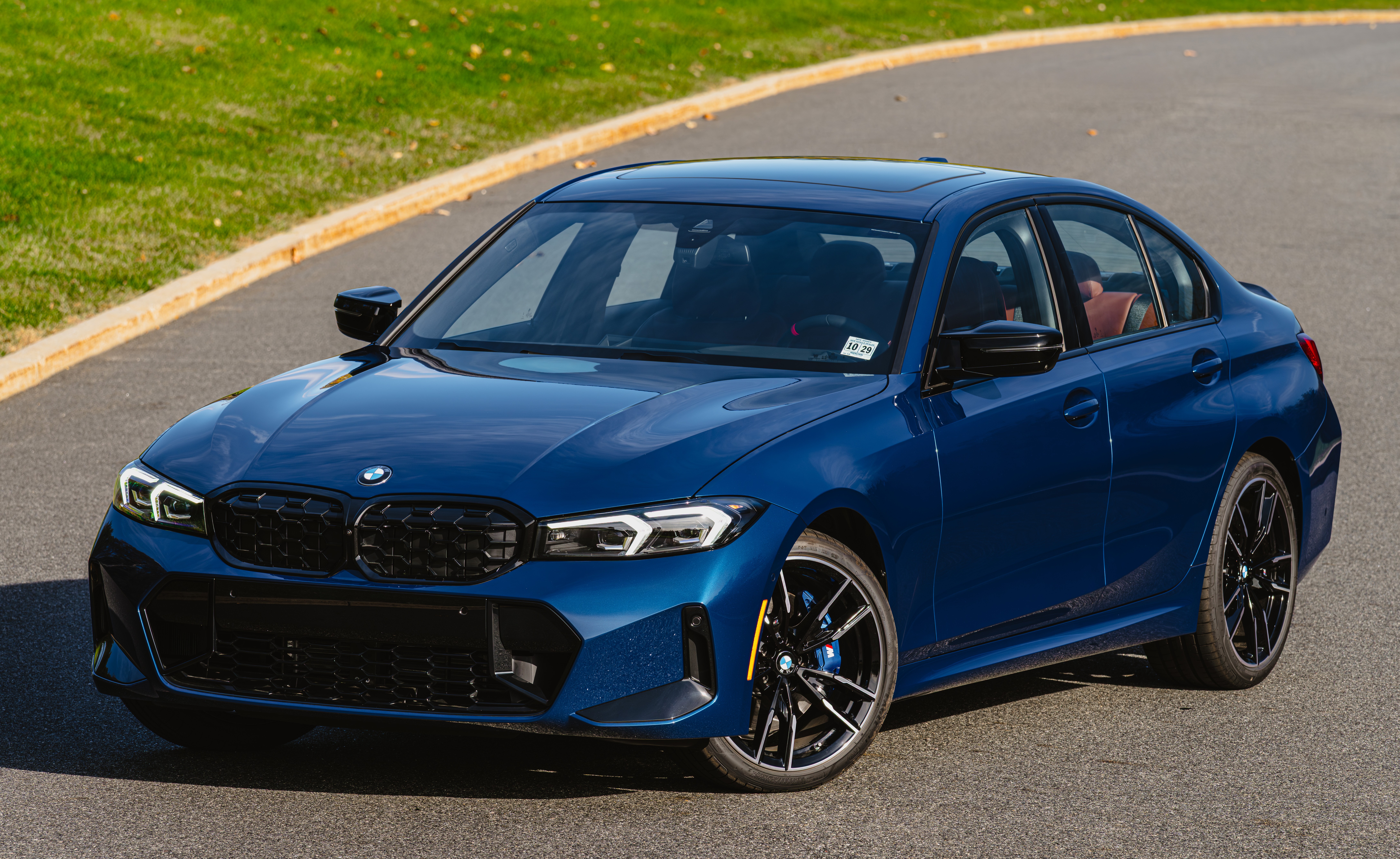When it comes to the Mazda3, I consider myself well-versed. Why? I’ve owned the third and fourth generation models. The former lived with me for seven years. It joined our stable right as I finished graduate school and started working at MotorTrend. Finished in Blue Reflex, my 2014 S Touring hatchback always impressed. I looked forward to driving it every day because it struck the perfect balance between comfort and agility. Refined on the daily grind, exhilarating when the road began twisting and turning.
Upon its debut, the third-generation Mazda3 set the benchmark high. It punched above its weight in nearly every aspect. From the drive to the interior, it was a cut above. As a result, everyone had high expectations for the fourth generation. That arrived during my tenure at MotorTrend. I even took part in a comparison pitting it against the refreshed tenth-generation Honda Civic and the current-generation Toyota Corolla, which was also new at that time. Unfortunately, the Mazda finished last and failed to live up to the expectations of its predecessor.
With that said, I’d like to share my perspectives on these two Mazda3s. Having owned both now, I can accurately highlight their strengths and weaknesses. Let’s get right into it!







Mazda3: Premium Inside and Out
The third and fourth generation Mazda3 look more expensive than their price tags. Both have curvaceous lines and a timeless look that helps the older car remain fresh more than a decade after its introduction. Mazda evolved the look for the fourth-generation car, giving it a cleaner, more refined feel despite the hatchback’s massive and controversial C-pillar. The hatchback model also exudes a sporting feel that hints at the Mazda3’s fun-to-drive nature.
Stepping inside, the class-above theme continues on both generations. Everything you touch feels expensive, and cheaper materials stay far away from touch points. The front seats offer excellent comfort and feel supportive on the twisty bits. Downsides? Cramped rear seats in both vehicles. On the other hand, they have surprisingly useful cargo areas despite their curvaceous exterior. However, the fourth-generation Mazda3 takes the win in the interior thanks to its exceptional sound insulation.
The newer iteration also wins in the infotainment system thanks to its newer, more modern interface. Although a learning curve remains, it’s quicker to respond and has cleaner graphics on a larger screen right in the driver’s line of sight. The fourth-generation car also takes the cake for the sound system, thanks to its excellent 12-speaker Bose premium audio system. The third-gen’s nine-speaker equivalent also sounds good, but the newer car’s setup is just a smidge clearer and well-rounded.




On-Road Satisfaction
All generations of the Mazda3 drive well. That’s no surprise because every vehicle wearing the Mazda badge must have engaging handling without sacrificing daily drivability. However, this is where the fourth-generation Mazda3 falls short. Swapping the independent rear suspension for a torsion beam resulted in a car that doesn’t live up to its predecessor. Despite Mazda’s claims, the third generation handles and steers better. In some instances, it also rides better because of that independent rear suspension. Yes, both have a stiffer and firmer chassis than your typical compact car, but neither one is harsh.
Things fall apart for the current-generation Mazda3 on rough, patchy roads. It loses its composure quite easily, and the rear end tends to skip around over successive bumps and expansion joints. The third-generation car? Not so much, and it stays confident throughout varying surfaces. Meanwhile, bigger impacts feel harsh and crashy on its successor, erasing all notion of premiumness that it attempts to exude. Drive it on your favorite winding road, and the rear end gets unweilding, giving it an unpredictable feel at higher speeds. Beware of snap oversteer, too. The fourth-generation car’s rear end gets light and wanders if you get off the accelerator too quickly.




A Tried and True Engine and Drivetrain
Under the hood, you’ll find Mazda’s 2.5-liter Skyactiv-G four-cylinder. The third-generation car makes 184 hp and 185 lb-ft of torque. Its successor makes 186 to 191 hp, depending on the model years, and 186 lb-ft. The 2025 example I own has the highest output and includes cylinder deactivation, allowing it to operate in two-cylinder mode during light loads. On the other hand, both iterations offer excellent fuel economy. Achieving over 40 mpg on the highway and high 30s in mixed driving is effortless. I rarely dipped below 29 mpg with either car.
However, you’d think the older car had more power because it’s much livelier than its successor. In the fourth-generation Mazda3, this engine feels less frenetic and more relaxed. It lacks the verve of the third-gen model, which made peak torque at 3,250 rpm or 775 rpm lower than the current iteration. Although they’re equal in straight-line speed, the old car’s power band added to its lively personality. Even with the six-speed manual in my 2025 car, it lacks verve because of its lack of low-end torque. Additionally, the engine’s rev-happy nature mysteriously disappeared, adding to its feeling lethargic in certain driving scenarios. Meanwhile, the third generation felt lively regardless of transmission. The six-speed auto in that car also felt responsive and smooth, whereas it gets clunky in the fourth-generation and lacks directness.
Mazda3: Zoom Zoom Grown Up?
Owning the third and fourth generation Mazda3s showed where the current car shines and its weak points. Perhaps the biggest change? It’s lost enough of its fun-loving personality that it tends to feel dull to drive. Although the fourth-generation car gained a premium feel, it has caveats. The major one being that the torsion beam rear suspension just can’t match the control and sophistication of a proper independent setup. Another is the lack of confidence at higher speeds. Once again, the suspension setup feels nervous when going over expansion joints on the freeway, resulting in a ride that feels off character from the upscale feel Mazda targeted. Couple that with a lackadaisical powertrain, and the result is a compact car that feels neutered.
In Mazda’s quest for premium, the Mazda3’s lost a good chunk of its personality. Yes, it’s more civilized, but that doesn’t need to come at the detriment of its sporty character. Both can coexist as evidence in the latest Honda Civic. Additionally, the cost-cutting move of using a torsion beam erases any notion of upscale sophistication the moment you drive over rough pavement. As a result, it feels like a downgrade from the third generation, which set the standard for ride, handling, and refinement. Yes, it has more sound insulation and nicer materials. But what good do those do when the mechanical bits can’t deliver?










